Astrology sorts the sky into four classical elements, but nature writes those elements into the ground, the air, and the water we move through every day. As climate records sharpen and seasonal science gets richer, a fresh question emerges: which signs actually line up with the physics and rhythms of their element? Think less fortune-telling, more field notes. By reading the year like an ecologist – watching daylight stretch, soils warm, wind shear shift, rivers swell – we can spot patterns that feel surprisingly familiar. The result is not a proof of astrology, but a revealing map where a handful of signs echo their element with uncanny clarity.
The Hidden Clues
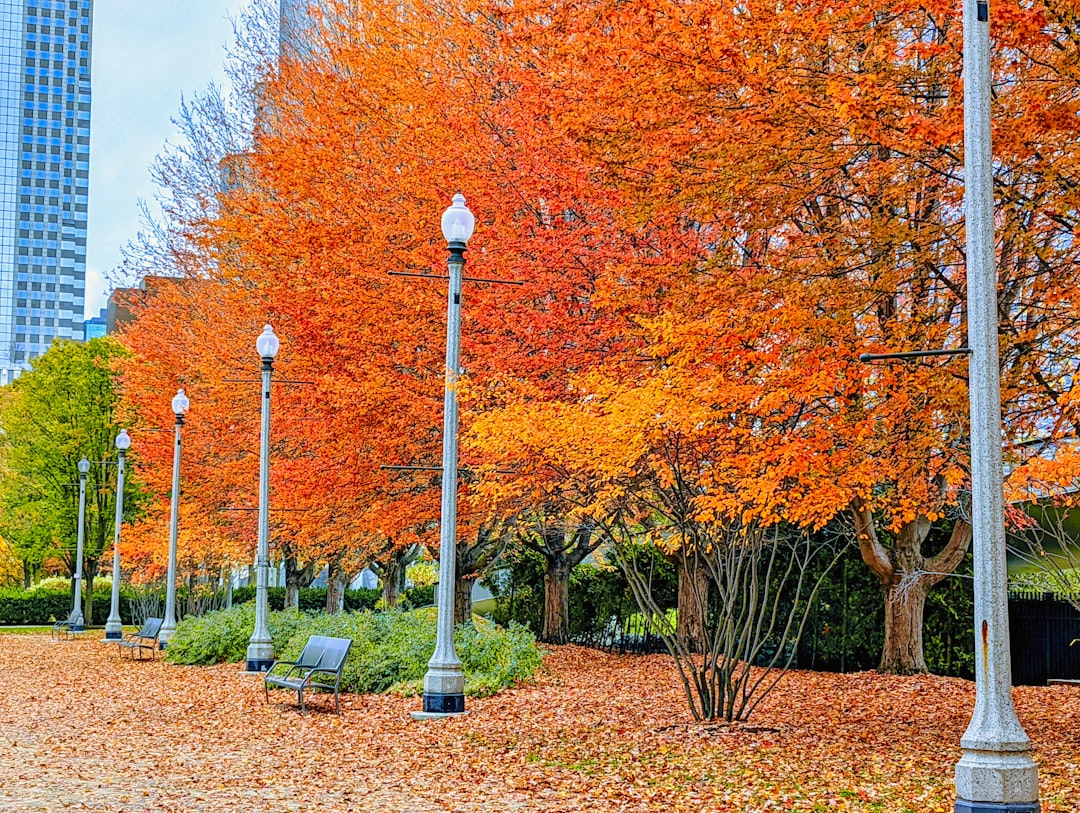
What if the elements in astrology weren’t just metaphors, but reflections of seasonal physics playing out all around us? Step outside and you can trace the year like a pulse: light increases and then recedes, plants rush and then rest, oceans breathe through storms and calms. These shifts are measurable – photoperiod length, surface temperatures, soil moisture, jet stream meanders – yet they also carry a mood we all recognize. That duality is where elemental archetypes live best, translating data into something felt. When I started logging backyard observations – first cicada call, hottest late-July sidewalk, the hush before a thunderhead – the old elemental language suddenly sounded practical.
Across mid-latitude Northern Hemisphere seasons, certain signs sit at moments when their element is loudest in the landscape. Those alignments create clean, memorable mirrors. They don’t claim fate; they simply match vibe with verified cycles. And in that match, four signs stand out as the clearest echoes of fire, earth, air, and water.
Fire in the Landscape: Aries, Leo, Sagittarius
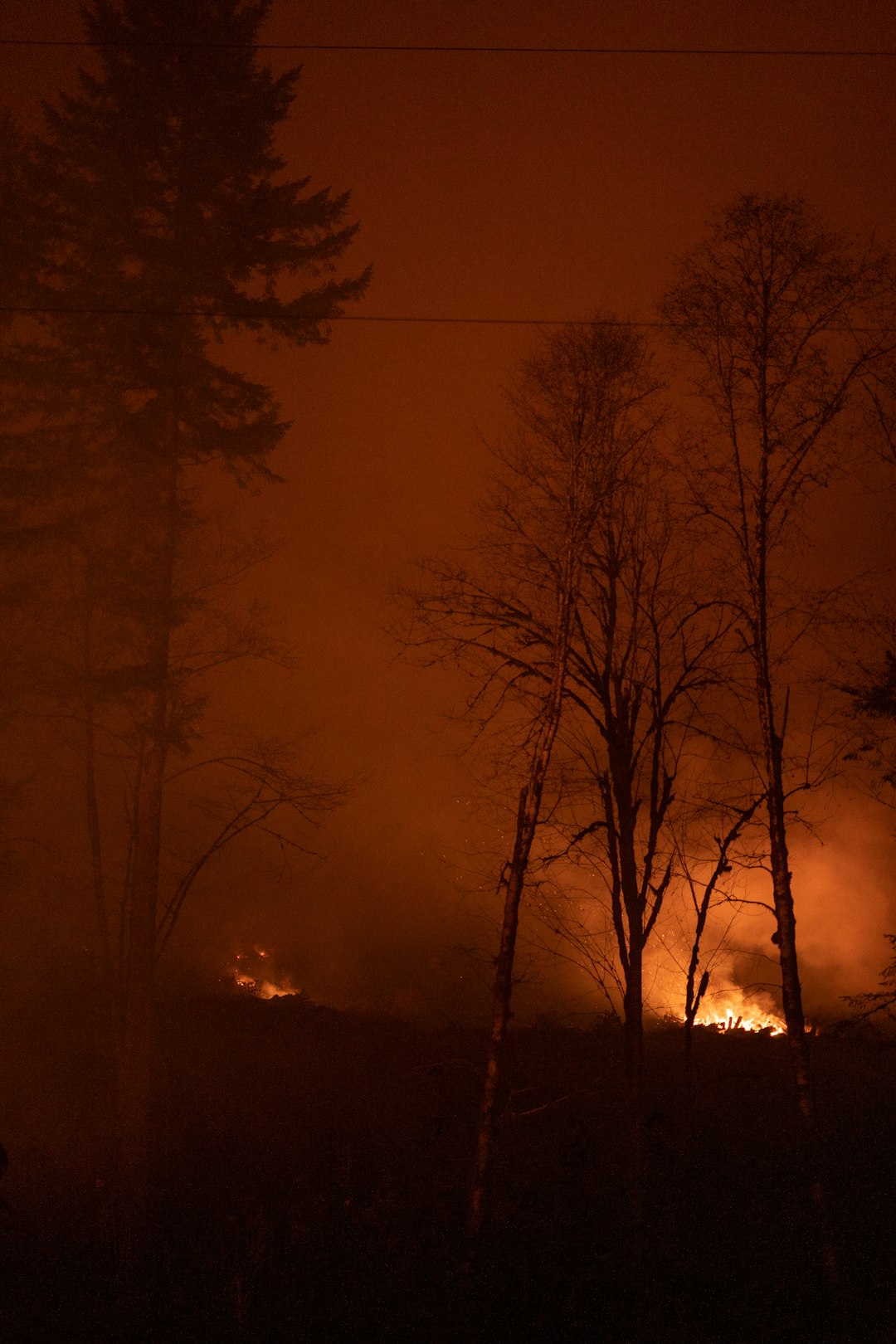
Fire, in the natural world, shows up as heat, rapid energy release, and expansion – traits that peak when sunlight intensity and accumulated warmth crest. Aries rides the spring ignition curve, when lengthening days push organisms out of dormancy; it’s the spark, not the blaze. Sagittarius arrives near late autumn in many regions, a season of spent fuels and longer nights, more embers than inferno. Leo, though, lands in the dog days for much of the Northern Hemisphere, when solar input, soil heat, and radiant afternoons stack together. That’s the season when asphalt shimmers, cicadas drone, and the air itself feels incandescent.
For sheer “fire-ness,” Leo mirrors the element most closely: it’s the landscape at maximum radiance. Aries and Sagittarius still carry fire’s signature – launch and aim – but Leo embodies the sustained heat engine. If you’ve felt the city bake after noon and cool only reluctantly by midnight, you’ve felt Leo’s physics. The metaphor is not just poetic; it’s thermal reality.
Earth Underfoot: Taurus, Virgo, Capricorn
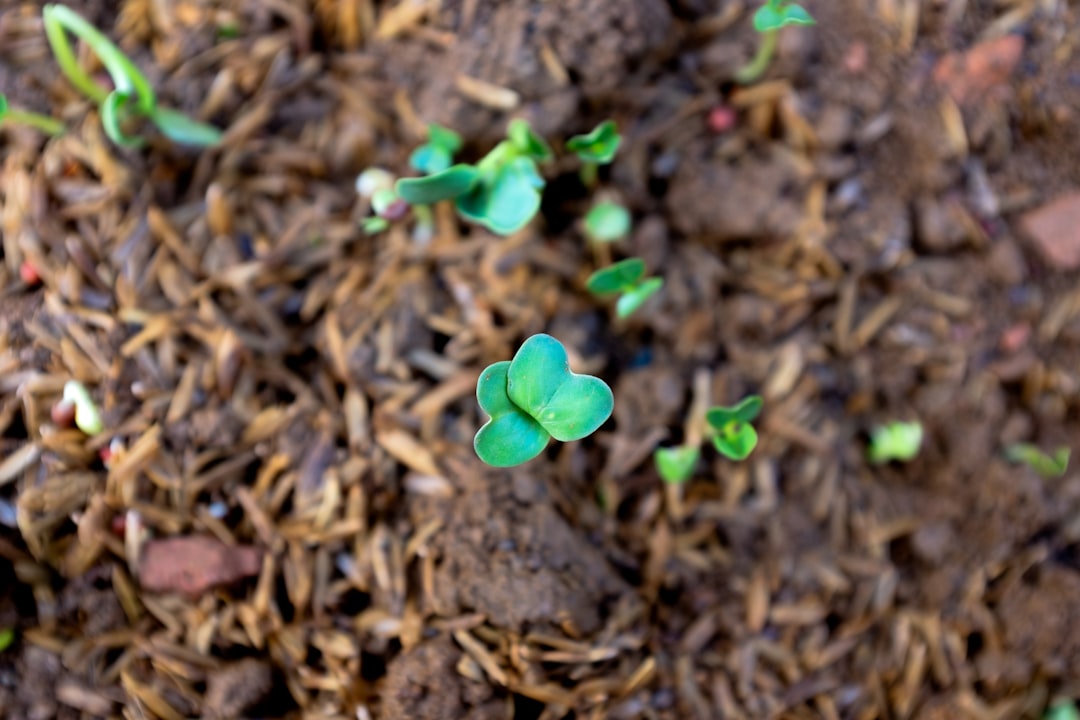
Earth is stability, structure, and resources you can hold – soil at workable warmth, crops thickening, stone and root doing their quiet engineering. Capricorn begins just after the solstice in many regions, a time of skeletal frameworks and patient endurance; it’s earth as bedrock. Virgo aligns with late summer’s method: sorting grains, counting crates, measuring moisture – earth as meticulous stewardship. Taurus, set in mid-spring, coincides with the moment fields become truly workable, when soils shed winter water and hold shape under the shovel. It’s the season of planting rhythms, fence repairs, and getting your hands into a world that finally feels steady.
Taurus mirrors earth most vividly because it pairs touchable material progress with reliable conditions. You can smell loam, feel tools bite cleanly, see perennials leaf out in confident green. Virgo expresses earth’s discipline, Capricorn its architecture; Taurus delivers the palpable “weight” of the element itself. If earth were a handshake, it would be Taurus – firm, warm, and unsurprised.
Air in Motion: Gemini, Libra, Aquarius
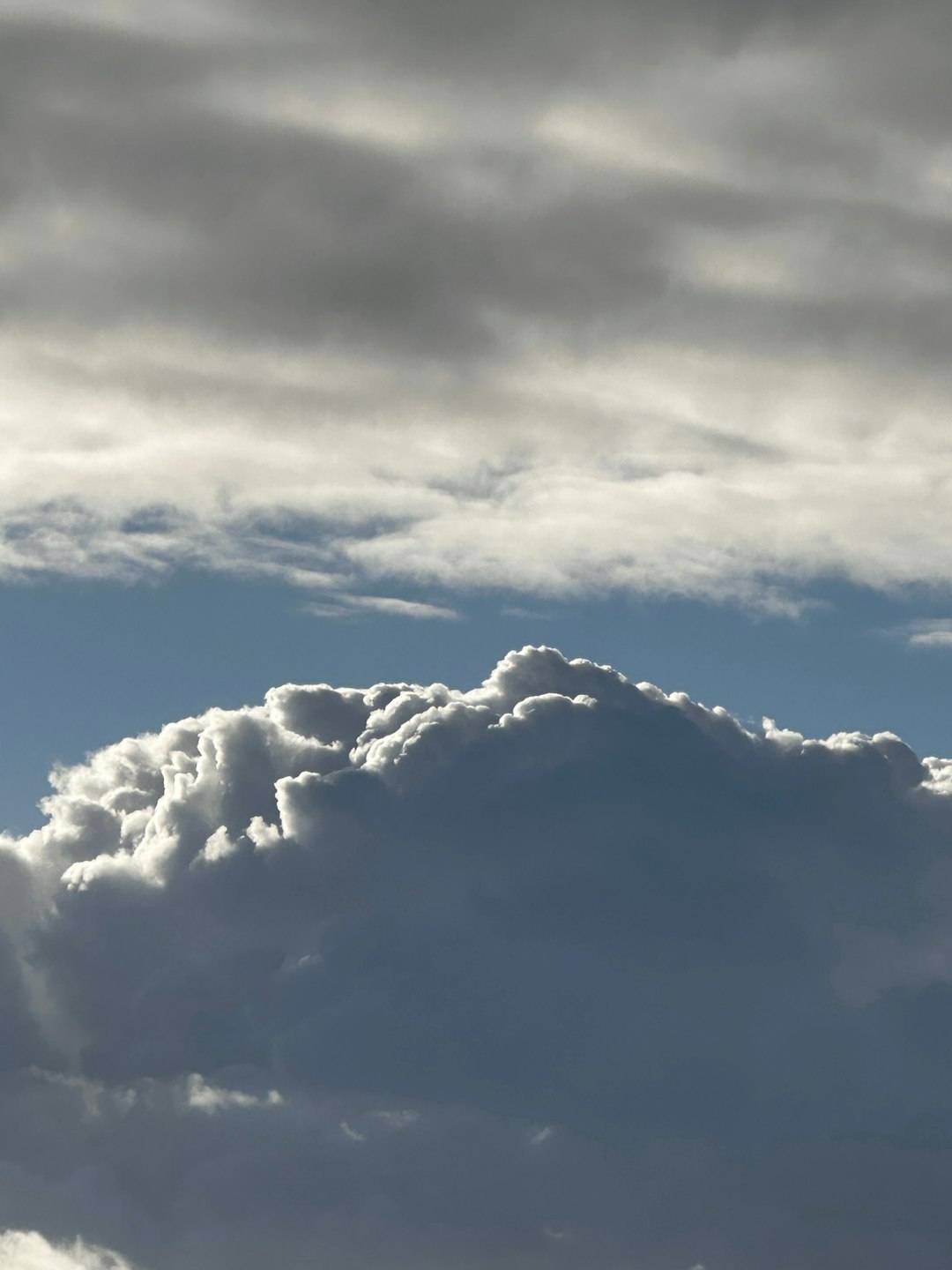
Air is motion, exchange, and clarity – think breezes ferrying pollen, shifting pressure fronts, and that bright, glassy quality after showers rinse the sky. Aquarius sits in deep winter over many regions, when sharp, dry winds can scour and sting; it’s air as a bracing edge. Libra arrives at the autumn equinox, balancing day and night and often bringing calmer, more stable air masses. Gemini, in late spring, syncs with atmospheric restlessness: gusty days, fast-moving clouds, and the biological flurry of pollinators and airborne seeds. It’s a season when information – scents, spores, signals – travels quickly.
Gemini mirrors air the closest because the landscape is literally talking through the wind. Conversations happen at every scale: trees releasing pollen, swallows tracing invisible currents, weather fronts swapping warm for cool. Libra expresses air’s symmetry, Aquarius its chill precision; Gemini is the element in full, curious circulation. If air were a thought, this would be the brainstorm.
Water’s Pulse: Cancer, Scorpio, Pisces

Water is memory and movement – runoff patterns, groundwater recharge, coastal tides, and the great thaw that primes rivers for spring migration. Scorpio marks mid-autumn in many places, when soils turn damp, leaves mat down, and streams carry the slow work of decay; it’s water as dark chemistry. Cancer comes with early summer heat and, in some regions, storm season; think warm lakes and sudden cloudbursts. Pisces, at late winter into early spring, aligns with snowmelt, swollen creeks, and the first big pulses of freshwater through deltas.
Pisces mirrors water most completely because the entire landscape is plumbing itself. Channels reopen, wetlands wake, and turbidity spikes as sediments surge downstream. Cancer carries water’s nourishing surge, Scorpio its transformative dissolve; Pisces is the element in motion, undeniable and everywhere. If water were a sentence, Pisces is the exclamation point at the end of winter.
Why It Matters
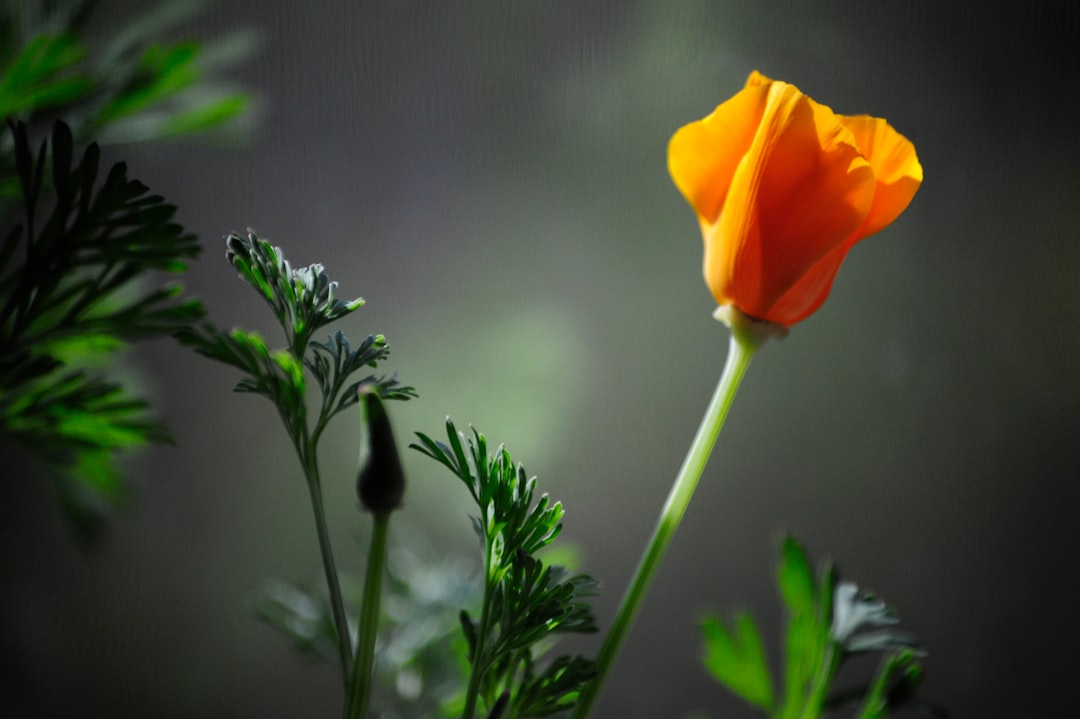
Elemental talk might sound soft, but it’s a doorway to paying closer attention to measurable change. When a sign’s element lands at the same time a region’s physics peaks, people notice – and noticing drives stewardship. In my notebook, elemental shorthand turned vague seasons into specifics: how many nights stayed above a certain temperature, which creek crossed its banks, when winds shifted dominant direction. Traditional astrology mapped meaning onto the sky; an evidence-based elemental lens maps meaning onto the ground beneath our feet. That translation helps more people participate in the data story of their own place.
Consider a few practical bridges between metaphor and measurement:
– Late-July heat islands often push nighttime temperatures far above surrounding areas, reinforcing the “fire” profile many city dwellers feel most strongly.
– Mid-spring soil temperatures commonly reach workable thresholds, matching the “earth” readiness many gardeners rely on.
– Late-winter river discharge usually climbs quickly, reflecting the “water” surge that inland and coastal communities watch closely.
The Future Landscape

Climate change is scrambling the calendar that once made these mirrors feel timeless. Heat domes now flare earlier or longer, wildfire seasons shift, and snowpack declines blunt that classic Pisces surge in some watersheds. Urbanization layers on new patterns – concrete amplifies Leo-like heat, altered drainage rewrites local water timing, and high-rise corridors channel Gemini gusts into street-level jets. The old seasonal beats are still there, but the tempo is less predictable, which raises both scientific and cultural stakes.
Expect more granular tools to track the elements we sense: neighborhood-scale heat maps, creek-by-creek flow dashboards, and pollen forecasts tuned to street trees rather than whole cities. Personal sensors and community weather stations will sharpen our view of when and where each element peaks. The challenge is equity – ensuring the data describes every zip code, not just the ones with gadgets. If the elements are a chorus, we need all the voices counted.
How You Can Engage Today
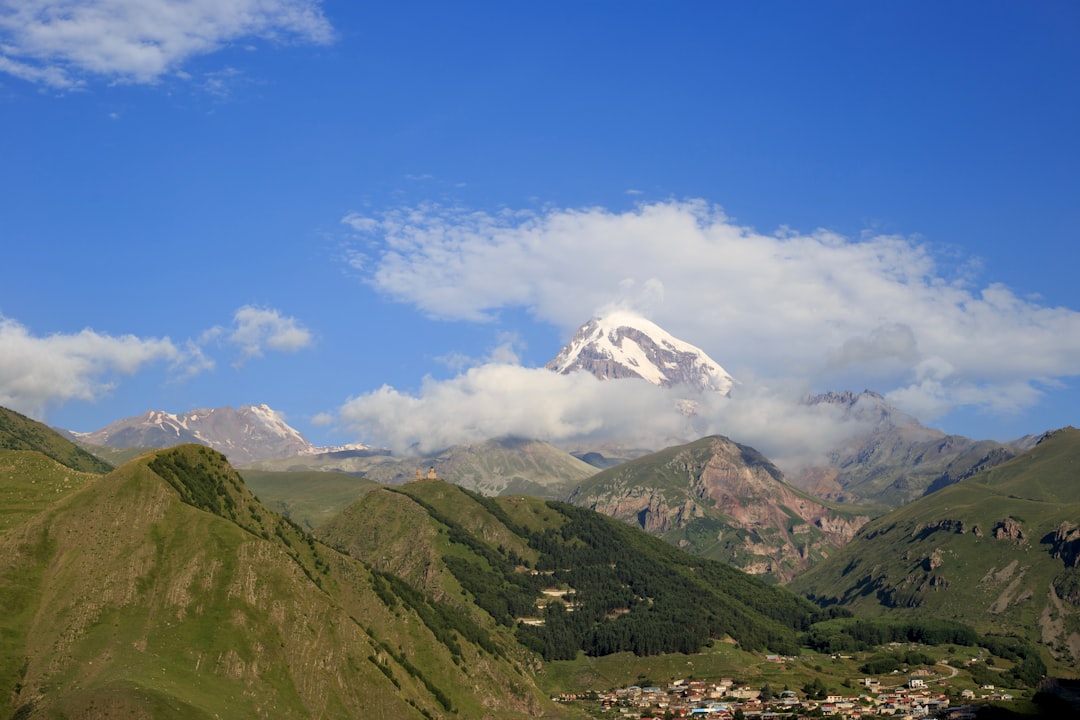
You don’t need a lab to test these mirrors – just a habit of looking. Pick a corner of your world and keep a simple log: first afternoon that feels truly hot, first time the soil crumbles clean in your hand, first day you notice seed fluff sailing down the block, first creek roar you can hear from the sidewalk. Pair those notes with the calendar, and see which element is loudest when your sign cycles through. Over a year, the pattern becomes personal and persuasive. That’s when the archetypes start to feel less like labels and more like field marks.
Support the effort by joining a phenology project, planting for shade and stormwater where you live, and checking neighborhood forecasts that track heat and air quality. Share what you notice with neighbors; local knowledge is a science force multiplier. If you’ve ever wondered whether the elements are real beyond poetry, step outside and listen – your block is already answering. Did you expect that?

Suhail Ahmed is a passionate digital professional and nature enthusiast with over 8 years of experience in content strategy, SEO, web development, and digital operations. Alongside his freelance journey, Suhail actively contributes to nature and wildlife platforms like Discover Wildlife, where he channels his curiosity for the planet into engaging, educational storytelling.
With a strong background in managing digital ecosystems — from ecommerce stores and WordPress websites to social media and automation — Suhail merges technical precision with creative insight. His content reflects a rare balance: SEO-friendly yet deeply human, data-informed yet emotionally resonant.
Driven by a love for discovery and storytelling, Suhail believes in using digital platforms to amplify causes that matter — especially those protecting Earth’s biodiversity and inspiring sustainable living. Whether he’s managing online projects or crafting wildlife content, his goal remains the same: to inform, inspire, and leave a positive digital footprint.




